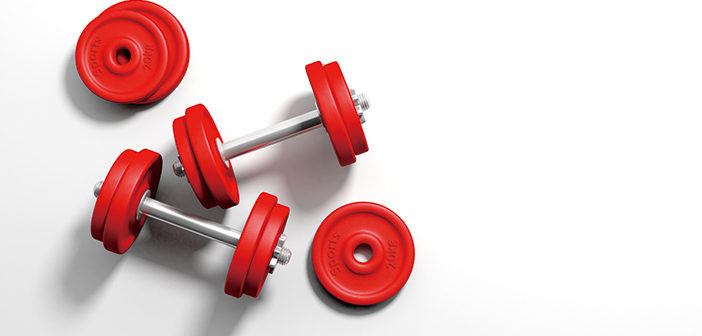Working out, or gyming, means different things for different people. For some, it’s a significant part of their life that they cannot live without. For others, not so much. Whether you are a fitness guru or a complete beginner, one thing we all have in common as Beijinger’s is the conundrum of how to make time for fitness. It might sound like an excuse for those that hit the gym six days of the week, but let’s face it, busy school schedules and study commitments, means that going to the gym is usually on the bottom of a young busy bee’s agenda.
Working out is an investment – a pretty big one. Not everyone can spend two hours in a place where the only thing you do – and can do – is pump iron. Not when there are two essays due the next day, a presentation to finish in two days, and an SAT exam coming up in less than a week. How can we manage to deal with all this while keeping ourselves fit? Here are some handy tips that will help you become a much more efficient gym-goer.
In the gym
This is where the magic happens. You put in the work, you get the results. Nice and simple- or not. It starts getting complex when you only have a few hours a week to get everything done. The two golden days – also called a weekend – are the only times in a week where most people can fit in a two-hour session. Some might even have time during working days if they don’t have extra-curricular activities after school.
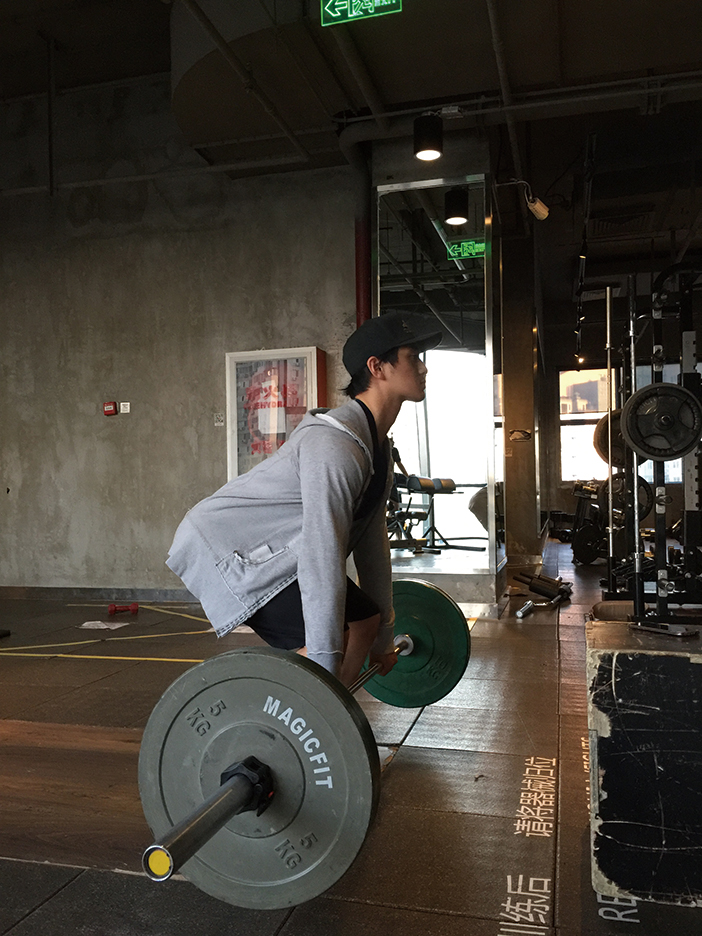 Ideally, all major muscles should be targeted at least once every week. This is not so easy to do, given that most of us can’t be in the gym for a minimum of six hours per week. The only solution is to consolidate your workouts, which is not as bad as it sounds. Simply do more compound exercises: movements that target multiple muscle groups at once.
Ideally, all major muscles should be targeted at least once every week. This is not so easy to do, given that most of us can’t be in the gym for a minimum of six hours per week. The only solution is to consolidate your workouts, which is not as bad as it sounds. Simply do more compound exercises: movements that target multiple muscle groups at once.
Do weighted pushups or bench presses instead of doing triceps and chest exercises separately. Do pull-ups or rowing instead of sticking to bicep and back isolation exercises. This way, you target two or three muscle groups with the time that could have been spent targeting only one through an isolation exercise. Using this method, you could plan a two-day split workout that targets all major body parts in just two sessions.
Obviously, you won’t be able to get blazing results after only a couple of sessions, but hitting all the major muscle groups at least once every week will be much more beneficial than torturing a couple of muscle groups. This will also avoid an increase in recovery time, which could result in you not being able to focus on certain muscle groups for an extensive period of time.
If targeting all body parts in a week is still too big of a task, then it’s time we think about priorities. If you have a specific body part you want to focus on, it’s easier to set goals and you’ll be more motivated as you monitor your own progress. Everyone has a different body type and shape, so it makes sense that you should focus on your weaker body parts to improve your overall physique.
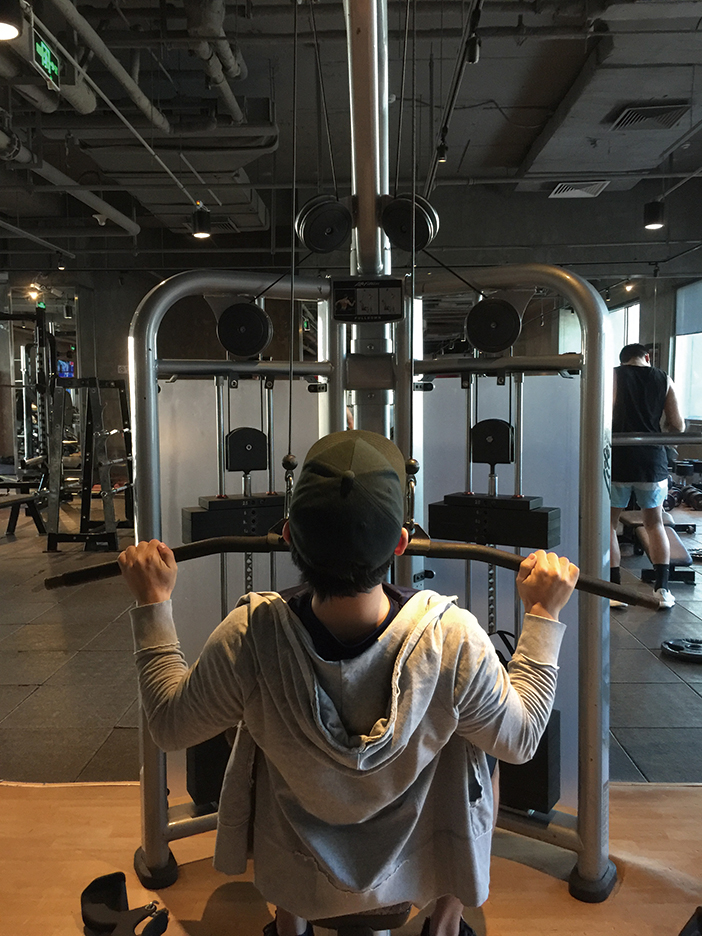 We all have different physical aesthetics we want to achieve and working on specific body parts will support you in achieving your body goals. Depending on whether you want a beach lean or a buff-from-the-outside look, the muscle group you focus on will be different.
We all have different physical aesthetics we want to achieve and working on specific body parts will support you in achieving your body goals. Depending on whether you want a beach lean or a buff-from-the-outside look, the muscle group you focus on will be different.
If you aren’t tired after 50 reps of bench pressing or are struggling to pull off the first rep on a deadlift, maybe your workout isn’t as effective as it could be. As the busy bees of Beijing, we need to make sure our workout is effective and yielding maximum results. Any exercise you do should have a reasonable rep range (8 to 20 for most exercises) and you should be struggling to get out the last couple of reps to help you increase strength and durability over time. As I mentioned before, everyone is different and there are exercises that might work for some and not for others. Find what works for you and keep at it.
Nutrition
As busy Beijingers, we never have to the time sit down and count how many calories we have after every single meal. However, this doesn’t mean you should ignore the nutritional side of cultivating a healthy lifestyle – it is probably more important than the actual work out. When there are no set boundaries in our diet, the tendency is to overeat and consume foods that are not necessarily healthy. Be observant when it comes to what and how much you are eating. Eat at a slow, regular pace, and constantly ask yourself throughout the meal, am I full? Remember that it usually takes twenty minutes for your brain to communicate to your body that you’re full after eating a meal. Wait before topping up on more food when you feel like you could eat more – it might just be that your brain hasn’t had time to have that conversation with your tummy.
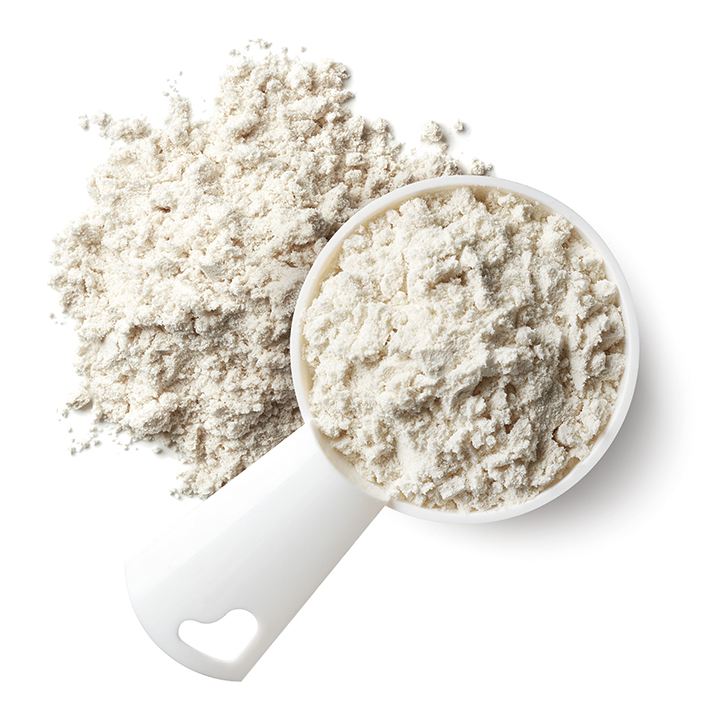
Weight management is eighty percent determined by our diet. If you’re not very active it is crucial to think about what kinds of food you are eating regularly. Even though you’re not keeping track of the calories for every meal, you should be thinking about the types of nutrients you’re getting. Are you too heavy on the carbs? Are you having enough veggies? I’m sure you’ve listened to teachers talk hours and hours about the importance of a balanced diet, but this is where it actually comes into play.
DOMS
DOMS stands for Delayed Onset Muscle Soreness, but what exactly is it? It’s pretty self-explanatory; they are the muscle cramps you get the day after your workout, lasting from a day to even a week. So the big question is, how do we minimize DOMS? Well, there isn’t a proven method of preventing or completely getting rid of DOMS. Actually, the best way is to just work out as frequently as you can so that your muscles get used to a more vigorous routine over time. But that isn’t always achievable when we are busy. Here are some simple ways to minimize DOMS after a workout.
Firstly, have a hot or cold bath. Hot and cold baths both have their own advantages. A steaming hot bath after your workouts can help you unwind, both mentally and physically. It helps dilate your blood vessels and improve blood flow, forcing your muscles to relax. However, you will need a decent amount of time for deep tissues to benefit from a hot soak in the bath. An intense ice-cold bath, on the other hand, will help reduce inflammation and swelling by reducing blood flow to the muscles in pain. However, some research shows that a cold bath may have a placebo effect.
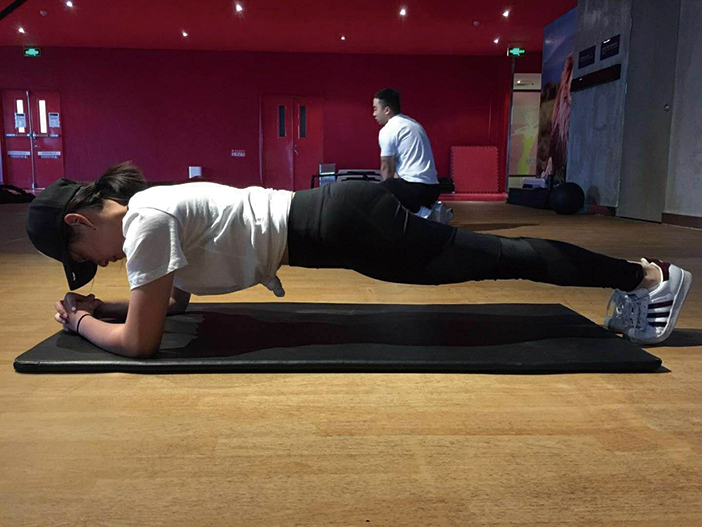 Secondly, there are some supplements that could help you reduce the soreness. Branch-chained Amino Acids (BCAAs) are one of the most effective and most widely used supplements for reducing DOMS. Exercising causes tiny tears in our muscle fibers and in order to prevent muscle loss, we need to provide our muscles with proteins to help rebuild those tissues. BCAAs are particularly good at this and can reduce DOMS. Other useful supplements include Citrulline malate, which allows you to train harder and longer while speeding up recovery time and muscle repair, and Whey protein, which contains all nine essential amino acids, including BCAAs.
Secondly, there are some supplements that could help you reduce the soreness. Branch-chained Amino Acids (BCAAs) are one of the most effective and most widely used supplements for reducing DOMS. Exercising causes tiny tears in our muscle fibers and in order to prevent muscle loss, we need to provide our muscles with proteins to help rebuild those tissues. BCAAs are particularly good at this and can reduce DOMS. Other useful supplements include Citrulline malate, which allows you to train harder and longer while speeding up recovery time and muscle repair, and Whey protein, which contains all nine essential amino acids, including BCAAs.
Lastly, and most importantly, stretch your muscles. Technically, we should be stretching every day for better blood circulation and posture, stress relief, concentration, etc. After a workout, we should be stretching the muscles we’ve been working to prevent horrible cramps. It also reduces the chance of injury as it reduces stiffness in your muscles. You should be spending around 5 to 10 minutes on dynamic stretches before your workout, to warm up your body, and around 5 to 10 minutes after your workouts doing some static or PNF stretching. During your post-workout stretches, add in a foam roller. Applying force to specific parts of the body can help release muscle tightness by increasing blood flow, creating better mobility.
Home Exercise
As busy bees it can be a challenge to get to the gym every day, so what you can do are some simple exercises in the comfort of your home. Firstly, get some basic equipment – you don’t have to invest in a huge treadmill. Get a yoga mat for your back and some light dumbbells to maximize the effect of your exercise. For example; simple lunges with dumbbells in your hands will add beneficial pressure to your reps. You can also keep a pull-up bar by your door.

Since you won’t have heavy weights at home to maximize productivity, it is important to find the most effective workouts you can do without weights. The most well known ones are planks, lunges, and squats. But how can we make them even more effective? Let’s try twisting them all. It’s been proven recently that planks don’t burn as much calories as we thought. Try a plank twist. Your waist rotates, helping you to burn more calories within seconds. But be careful not to raise your hip too high.
You can also try a lunge twist – unlike a normal twist where you mainly workout your quads, a lunge twist will help you work your inner quads and the side of your hips. Like these two exercises, you can try twisting a number of other home exercises, including the crunch, superman, and mountain climber.
Lastly, remember that the most important home exercise you should be doing every single day is stretching. It only takes a maximum of 15 minutes and helps you relax your body and mind and increase flexibility!
YouTube
Although a personal trainer would be the best possible option, YouTube is a good alternative to finding an interactive personal training experience. The most attractive selling point of YouTube, is that it is free. A good Wi-Fi connection and voila – an on demand, life-long personal trainer just for you! (and a couple of million subscribers).

YouTuber’s, such as Jeff Nippard, provide information-packed videos every week comparing recent scientific literature on any topic related to bodybuilding. Some of the gym vlogs are very useful when it comes to innovative workout routines and exercises when you select the YouTuber’s with good and accurate content. Most of my splits and routines are made from copying the routines of the YouTuber’s I like. Aside from the content and the scientific information, getting hyped up by inspirational workout documentaries and catching up with the drama in the YouTube fitness community is also a part of the fun too.
When we think of working out, it’s easy to just imagine pumping iron, but we know it’s more than that. We’ve got to think about using our time wisely in and out of the gym, including eating well and even going on YouTube to help with finding alternative ways to include fitness into our weekly schedule. Of course, it’s never easy for busy bees to achieve all of the above, but remember, it’s not about doing every single thing you think is helpful, but all about knowing yourself and what works best for you and your lifestyle. Try all of these, work out which ones are most effective, and build your own gym routine!

This article appeared in the beijingkids July-August 2019 Teen Takeover issue

